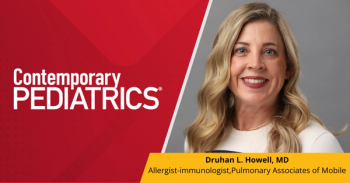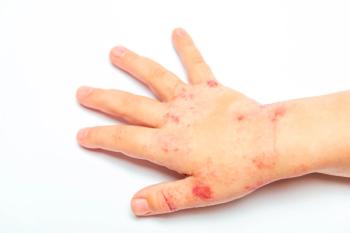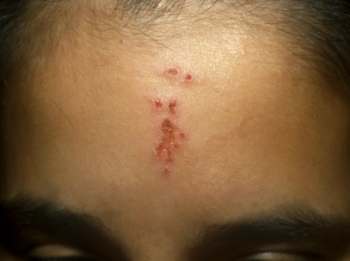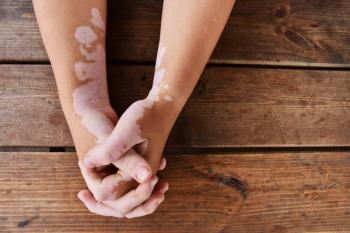
- Consultant for Pediatricians Vol 5 No 11
- Volume 5
- Issue 11
Photoclinic: "Popsicle" Panniculitis
A 6-month-old infant was brought to the emergency department with a 2-day history of increasing redness and swelling of the cheek. Her primary care physician had been concerned about a possible facial abscess.
A 6-month-old infant was brought to the emergency department with a 2-day history of increasing redness and swelling of the cheek. Her primary care physician had been concerned about a possible facial abscess.
The infant was born at full term. She had no antenatal or postnatal problems or known drug allergies; she was taking no medications and her immunizations were up-to-date. Oral intake was slightly decreased because of teething, but she had no history of fever, vomiting, diarrhea, or symptoms of an upper respiratory tract infection. An aunt, one of the patient's primary caregivers, had been using popsicles to help the infant with her teething pain. Only her mandibular central incisors had erupted. The teeth and attached gingiva appeared normal.
Craig J. Huang, MD, of Children's Medical Center of Dallas, reports that the infant was afebrile, well hydrated, and drooling. No lesions or ulcerations were noted on the lips, oral mucosa, gingiva, or tongue. She had a nontender, indurated, erythematous, circular swelling of about 2.5 cm on the right cheek.
The term "popsicle" panniculitis, first used by Epstein,1 describes a benign, cold-induced, subcutaneous fat necrosis of the cheeks in young children who suck on the frozen confection. Ice packs and even cold air are other reported causes.2 The panniculitis usually appears about 1 to 3 days after the cold exposure as red, indurated, painless nodules or plaques on the cheek(s); however, it can develop on almost any skin surface. Other diagnoses to consider may include a cutaneous facial abscess, skin manifestations of lupus erythematosus, chilblain (which usually becomes painful after the initial pruritus), and sclerema neonatorum.3
No treatment is necessary other than reassurance for the parents or caregivers and avoidance of the cold exposure. Symptoms usually resolve within a few weeks.
References:
REFERENCES:
1.
Epstein EH Jr, Oren ME. Popsicle panniculitis.
N Engl J Med.
1970;282:966-967.
2.
Ter Poorten JC, Hebert AA, Ilkiw R. Cold panniculitis in a neonate.
J Am Acad Dermatol.
1996;35:651-652.
3.
Baleviciene G, Schwartz RA. Cold panniculitis. eMedicine Web site. Available at:
http://www.emedicine.com/derm/topic781.htm
. Accessed October 16, 2006.
Articles in this issue
about 19 years ago
Case in Point: Ups and Downs of Trampoline Useabout 19 years ago
What's the Opposite of Growing Pains?about 19 years ago
Oral Health:about 19 years ago
Posterior Urethral Valves in an Infantabout 19 years ago
Case In Point: Subconjunctival Hemorrhages in a Teenage Boyabout 19 years ago
Goat Bite in a 4-Year-Old Boyabout 19 years ago
What Role for an Insulin Pump for the Very Young?about 19 years ago
Preventing Sudden Cardiac Death in Young Athletes: How Should We Screen?about 19 years ago
Photoclinic: Actinomycosis in a Young BoyNewsletter
Access practical, evidence-based guidance to support better care for our youngest patients. Join our email list for the latest clinical updates.









